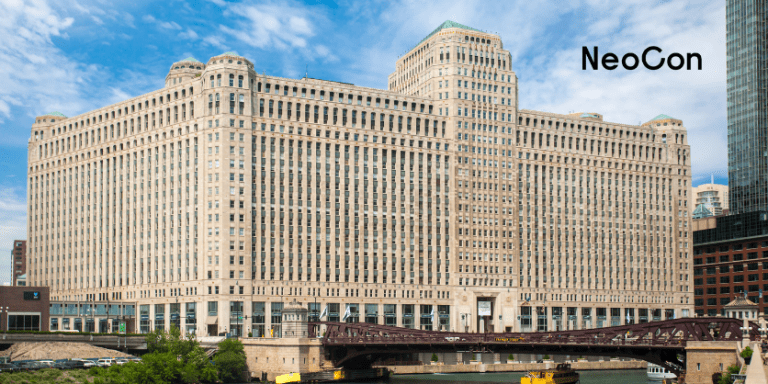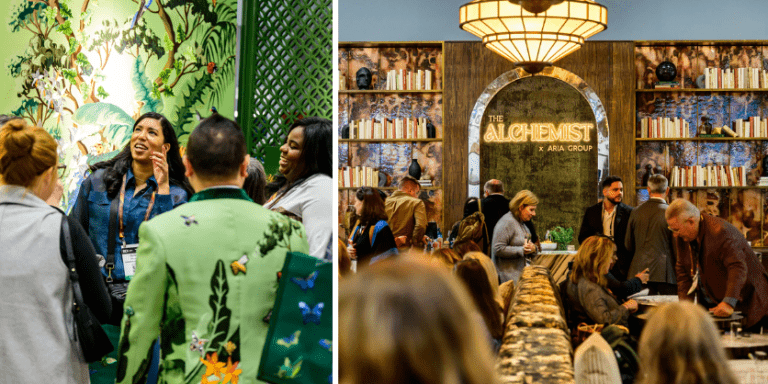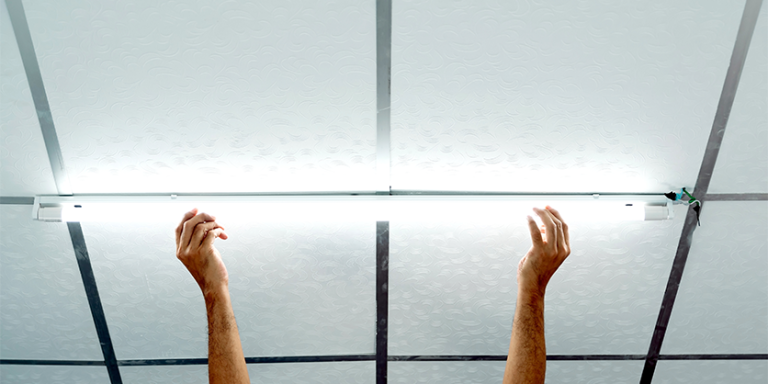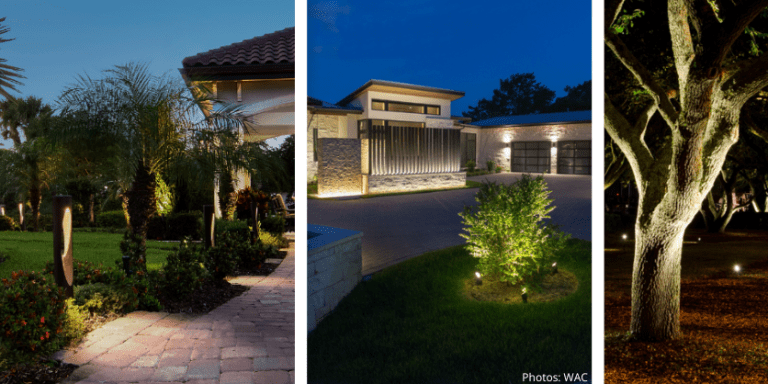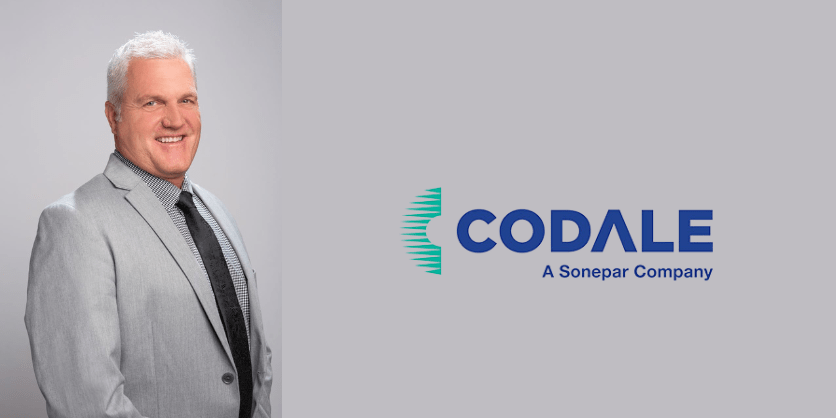Fundamentals Of Energy Efficient Lighting And Controls

David Shiller, President of Lighting Solution Development, recently reviewed the new Fundamentals of Energy Efficient Lighting and Controls book from The Association of Energy Engineers (AEE). Now available through the AEE Bookstore, the comprehensive guide is designed to support lighting practitioners, architects, engineers, facility managers, energy consultants, and students in navigating the rapidly evolving landscape of lighting technology, controls, and energy efficiency requirements.
The lighting industry is undergoing significant transformation due to the widespread adoption of LED technology, the phase-out of traditional light sources, and the implementation of increasingly stringent energy codes. These changes present new challenges for professionals tasked with designing lighting systems that are not only energy-efficient but also aesthetically pleasing and comfortable for occupants.
The book takes a holistic approach, emphasizing that high-quality lighting design should be considered alongside energy conservation goals. Rather than focusing solely on reducing energy consumption, the guide promotes a balanced approach that also prioritizes occupant comfort and the visual quality of spaces. Over 100 high-quality images and illustrations are included to help readers visualize key concepts and practical implementation strategies.
Key topics covered include:
Lighting Design Fundamentals: The book provides a thorough overview of the lighting design process, suitable for practitioners at all experience levels. It covers essential considerations such as light distribution, color quality, and fixture selection.
Light Sources and Fixtures: Special attention is given to LED technology, which has revolutionized the industry by offering superior energy efficiency, longevity, and versatility compared to traditional lighting options.
Regulatory Requirements: The guide explains major requirements found in energy conservation codes and voluntary programs, helping readers navigate complex regulatory environments. This includes guidance on lighting controls, daylighting techniques, and strategies to limit lighting system power consumption while maintaining appropriate illumination levels.
Practical Considerations: Beyond design, the book addresses often-overlooked aspects such as maintenance protocols, conducting energy audits, and performing financial analysis to determine when retrofitting existing systems is more cost-effective than full replacements.
Fundamentals of Energy Efficient Lighting and Controls is intended as a resource for a broad audience:
- Lighting practitioners seeking to deepen their technical expertise
- Architects and engineers integrating lighting into broader building systems
- Facility managers responsible for maintenance and upgrades
- Energy consultants conducting audits and recommending improvements
- Students and educators in lighting and architectural programs
The guide arrives at a pivotal time for the industry, as technological innovation and a growing focus on sustainability and occupant health drive new approaches to lighting design. By addressing both technical and quality considerations, the book aims to bridge the gap between energy conservation mandates and the creation of comfortable, effective environments.
The book can be purchased directly from the AEE Bookstore. Additionally, AEE members can access the book through the eLibrary add-on to their membership.
Fundamentals of Energy Efficient Lighting and Controls is a timely resource, equipping industry professionals and students with the knowledge needed to design, implement, and maintain lighting systems that meet both energy efficiency standards and the needs of building occupants.
David Shiller also publishes the LightNowBlog.
Image: RiverPublishers.com


